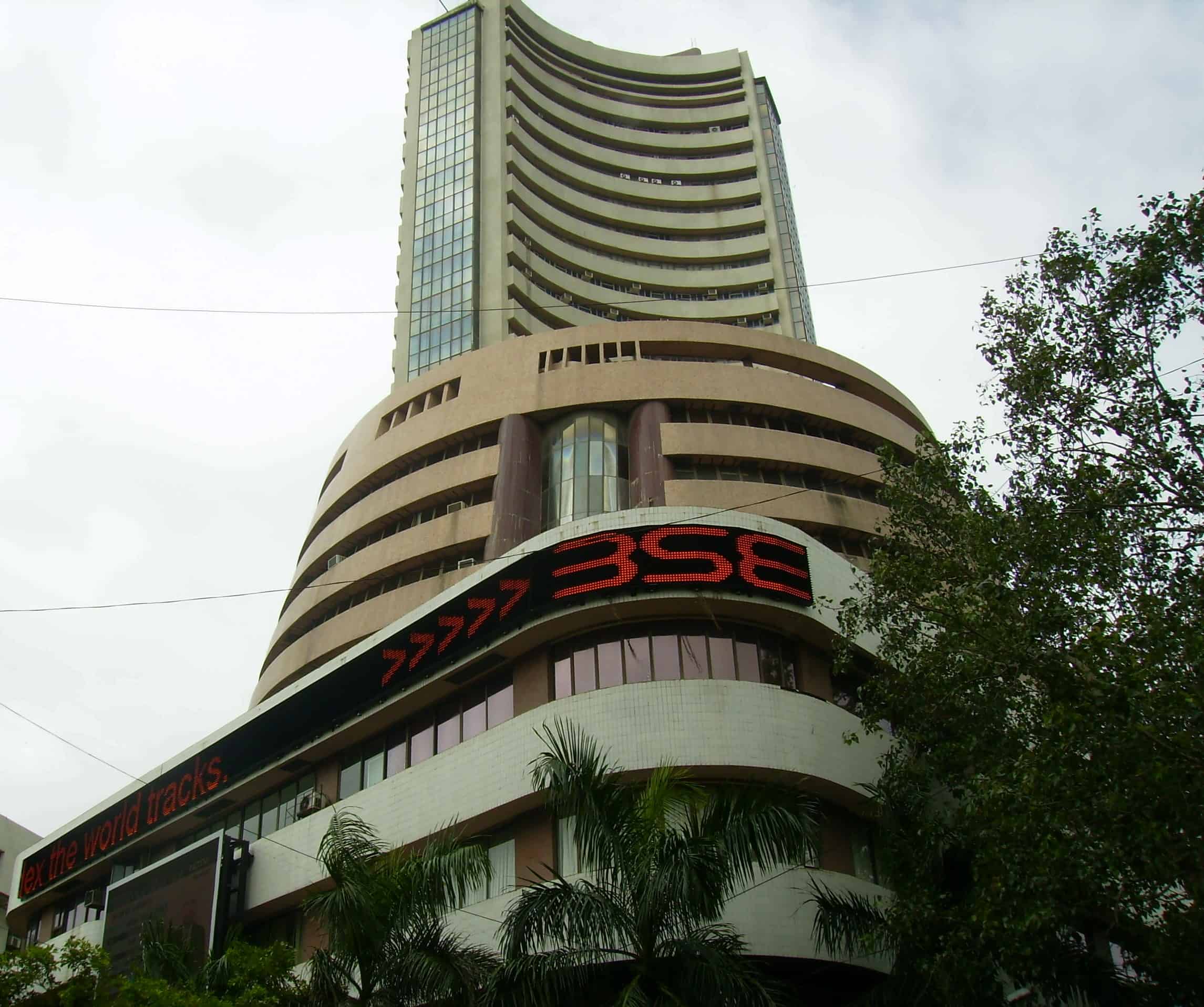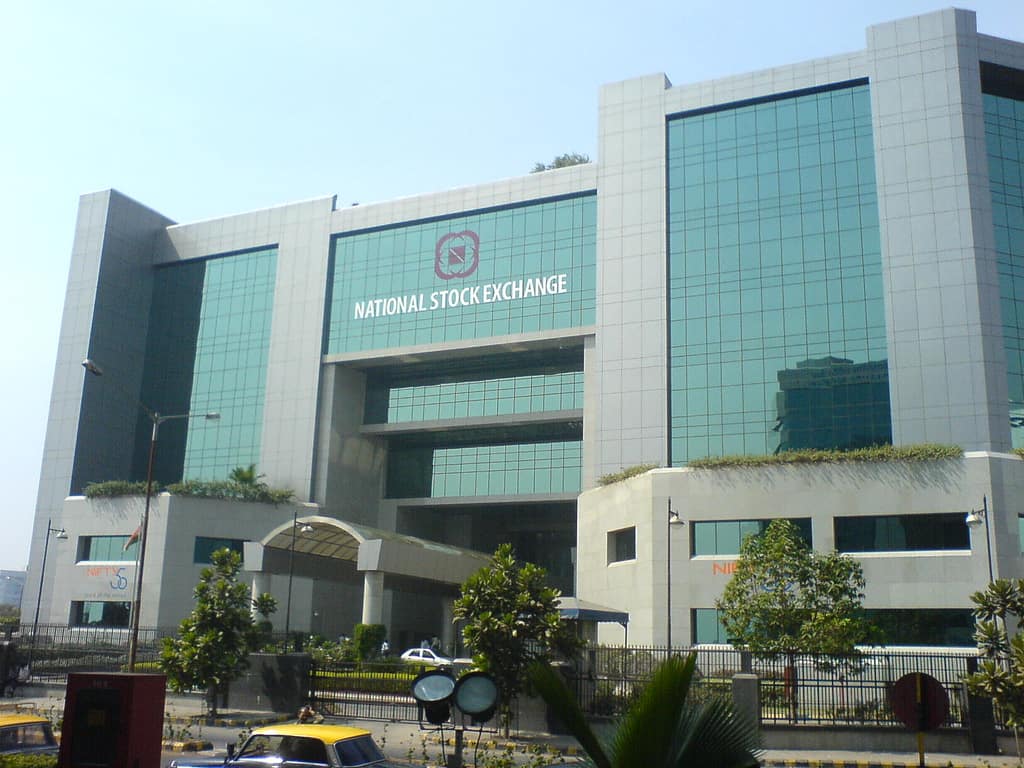
There are several components of the stock market such as stock exchanges, brokers, traders, depositaries, depositary participants(DP) etc. Often several terms related to these components can confuse new investors.
BSE and NSE are two such terms that intrigue beginner investors of Indian stock market. Investors should be aware of these terms before investing in the stock market.
What is BSE and NSE
BSE and NSE are the names of the two most famous stock exchanges in India. BSE stand for ‘Bombay Stock Exchange’ and NSE stand for ‘National Stock Exchange’.
There are several other regional stock exchanges in India but BSE and NSE are the real face of Indian stock market. As these two stock exchange attracted more than 90% volume of trades happening in Indian stock market.
The indexes of these two exchanges get wide attention from domestic as well as the international investors.
BSE Introduction
BSE also known as ‘Bombay Stock Exchange’ is the oldest stock exchange in Asia located in Mumbai. It was started in 1875. At that time brokers used to gather under a banyan tree and buy-sell the physical shares on their client’s behalf. The street where the exchange was located got its name ‘Dalal Street’ due to this gathering of brokers .
The BSE was previously known as ‘The native share and stock brokers association’. Which later renamed as the ‘Bombay Stock Exchange’ based on the old name of the Mumbai city.
It was the first stock exchange to be recognized by Government of India under the ‘Securities Contracts (Regulation) Act, 1956’ on August 31, 1957.
In 1986 the exchange developed its index ‘S&P BSE Sensex’ commonly known as Sensex (Sensitive Index). Sensex consists of stocks of 30 well established blue chip companies from different sectors. It is a widely covered index across Indian as well as international media. The Sensex reflects real health of Indian capital market.
Bombay Stock Exchange switched from floor based trading system to an automated screen based trading system platform called BSE On-Line Trading (BOLT) in 1995.
It is the 10th biggest stock exchange in the world with an market capitalization of $2.2 trillion as of April 2018. There are more than 5400 companies listed on the Bombay Stock Exchange.
The depository service CDSL (Central Depository Services Limited) is also provided by BSE, that keep the records of shares owned by individual and institutional investors.
NSE introduction

NSE or ‘National Stock Exchange’ is leading stock exchange of India located in Mumbai.
The NSE is very new as compared to BSE. It was incorporated as a tax paying company in 1992. Later in 1993 it was recognized as a stock exchange under the Securities Contracts (Regulation) Act, 1956.
Despite being new it attracts much more trade volume than its older cousin BSE. The higher trade volume provide investor’s a better liquidity.
NSE was the first exchange to introduce electronic screen based trading in India. The exchange’s electronic system revolutionized the stock trading in India. The exchange with its modern solutions is regarded as to bring transparency in Indian capital market. Its introduction of electronic trading system later removed the old paper based trading in India.
Previously trading membership in Indian capital market was confined to a group of brokers. But National Stock Exchange allowed anyone qualified and fulfilling minimum requirements to trade in the capital market. The stock price information which previously was not accessible to everyone in real time become available to anyone with the introduction of modern screen based system of NSE.
NSE launched its much followed stock index NIFTY50 in, 1996. NIFTY50 is composed of 50 stocks of biggest, well established and financially sound companies of various sectors. This index is followed by domestic as well as international investors as a barometer of Indian stock market.
It is the 11th largest stock exchange in the world with market capitalization more than $ 2.2 trillion (as of April 2018). National Stock Exchange have more than 1900 listed firms.
NSE also created the ‘Nationa Securities Depository Limited’ (NSDL) in 1995 which allows investors to hold and transfer their shares and bonds in electronic form.
The difference between BSE and NSE
Despite being similar in so many aspects BSE and NSE has several key differences. Here we are listing few major difference between BSE and NSE:
- NSE was founded in 1992 while BSE was founded in 1875 as the oldest stock exchange in Asia.
- There are much more companies listed on BSE than NSE. BSE has more than 5400 companies listed on it while NSE has about 1900 listed companies.
- NSE is newer stock exchange than BSE but it attracts much more trade volume than BSE. The much higher trade volume makes NSE the biggest stock exchange in the country.
- The benchmark index of NSE is NIFTY50 while benchmark index of BSE is SENSEX.
- The SENSEX consists of 30 stocks while NIFTY50 consists of 50 stocks of major companies.
Where should you trade on BSE or NSE
Shares of almost all major companies are listed on both of these stock exchanges and are available to trade on both of these exchanges.
Investors should compare prices of these shares on both the exchanges before making an investment decision. Most of the time prices of stocks remain approximately equal on both the exchanges. But if prices are different investors should make their favourable choices. Mostly the different prices becomes equal soon due to arbitrage.
There are much more companies listed on BSE than NSE. These are mostly shares of small cap companies and penny stocks. If an investor want to invest in these companies they can invest only on BSE. NSE also have several penny stocks but they are very less in number as compared to BSE.
Most of these penny stock companies do not trade regularly and having low trade volume that is why they are very risky investment. Investors should do proper research before investing in these companies.
There are also several other companies which are listed on only one of these exchanges.
On more thing investor should keep in mind before making trade decision is that NSE has much higher trade volume than BSE which result in higher liquidity. It could be a deciding factor in so many trades.
Brokers of BSE and NSE
Almost all major SEBI recognized brokers are the members of BSE and NSE both. Investors can open an trading account with any of these brokers and avail the services of these exchanges.
Both of these exchanges have online investor complaints resolution system for resolving complaints against companies and trading members. Investors can use these systems if they want to register complaints against any of them.
Web address of BSE and NSE
Conclusion
As you have learned in this article:
- BSE or Bombay Stock Exchange and NSE or National Stock Exchange are the two biggest stock exchanges in India. These two are the backbone of the Indian capital market.
- Main index of BSE and NSE are Sensex and Nifty50 respectively. They are the most widely followed indexes and work as a barometer of Indian stock market.
- Bombay Stock Exchange is the older stock exchange than National Stock Exchange. But NSE is the leader in terms of trade volume.
- Bombay Stock Exchange has more than 5400 companies listing in it while National Stock Exchange has more than 1900 listed companies.
